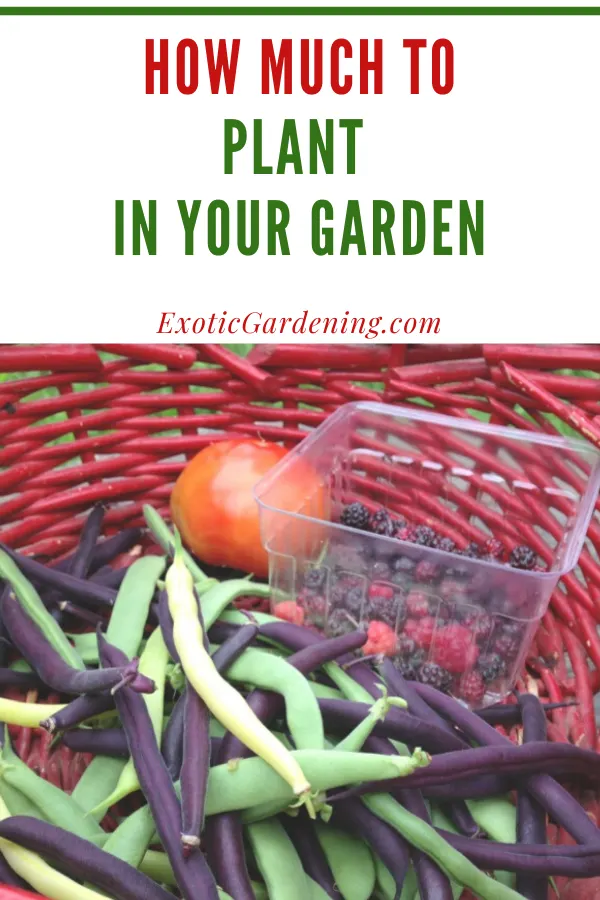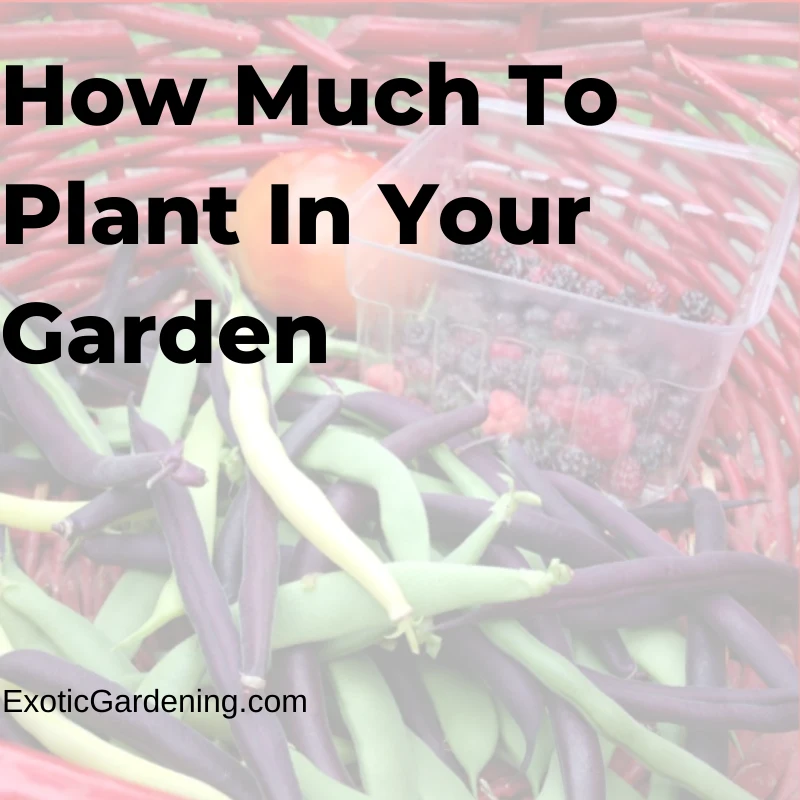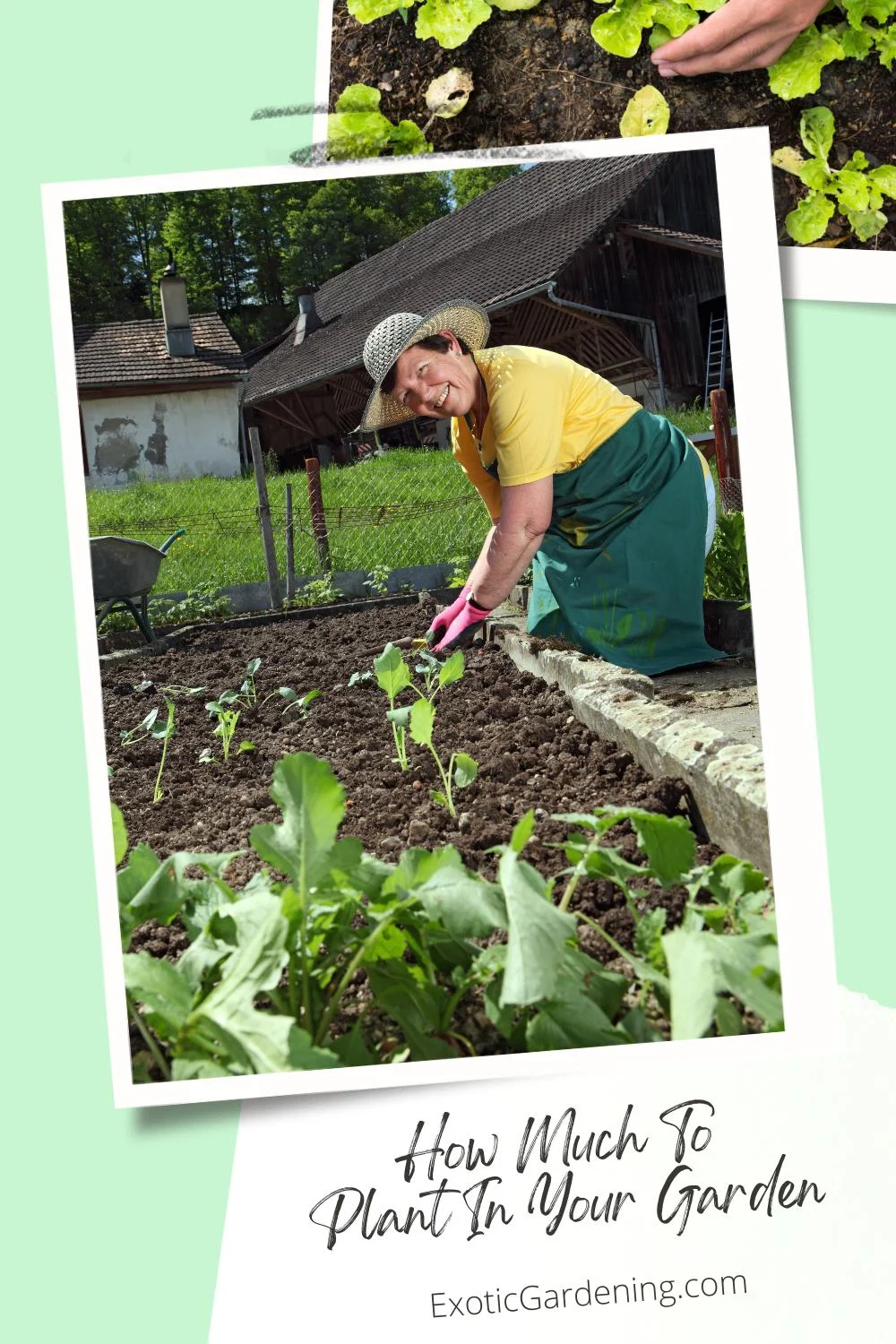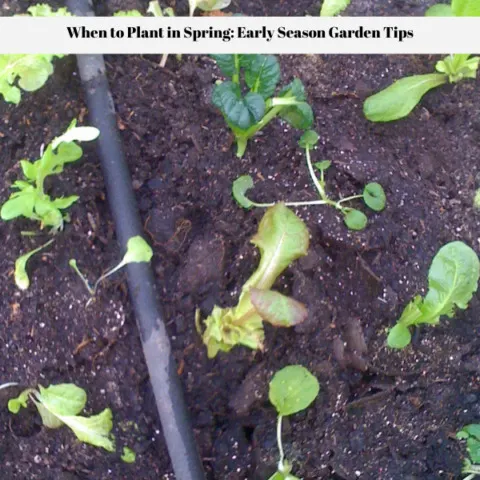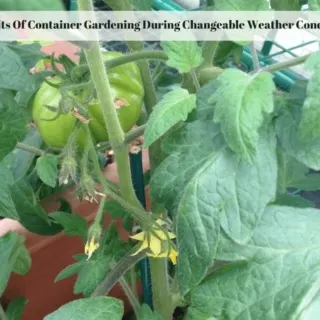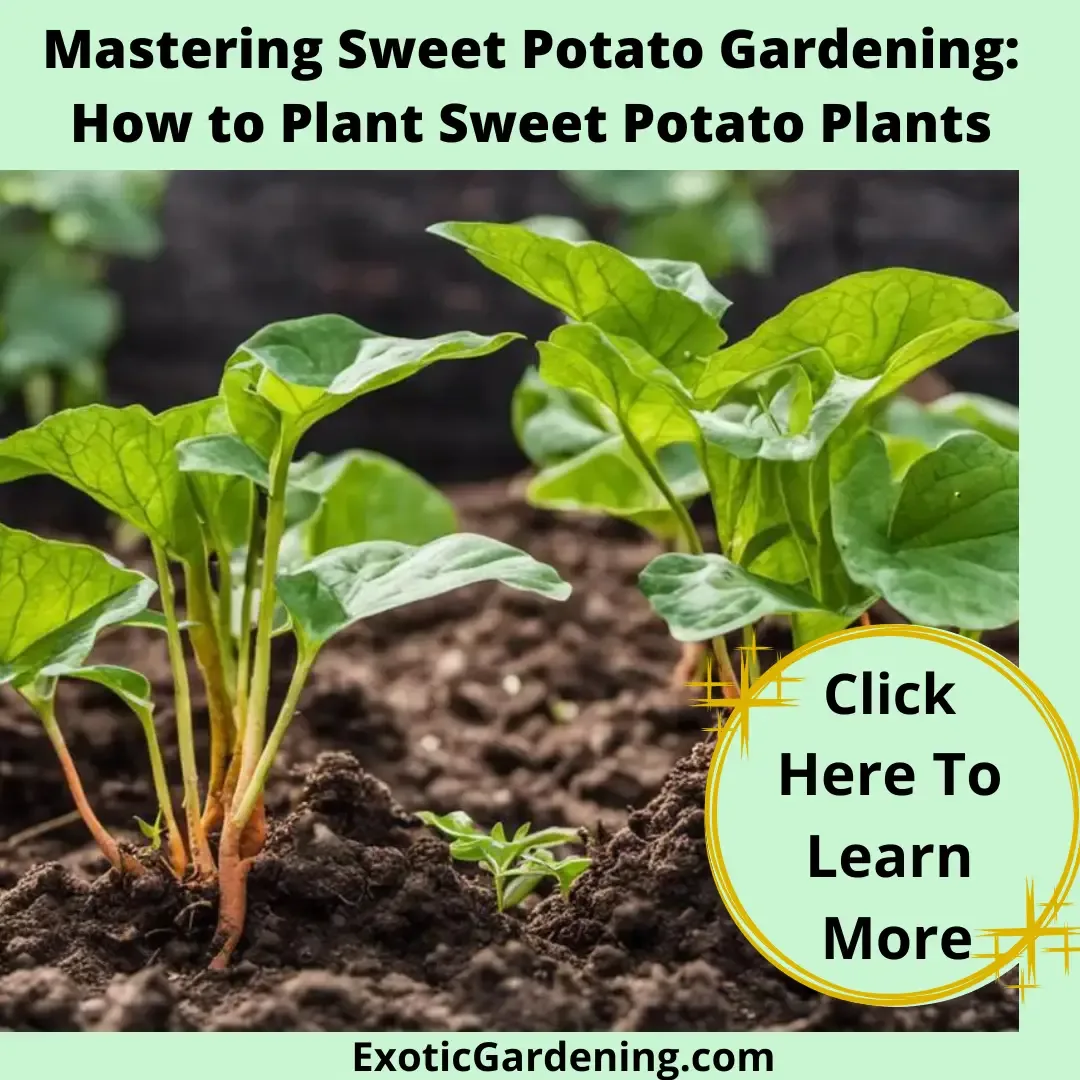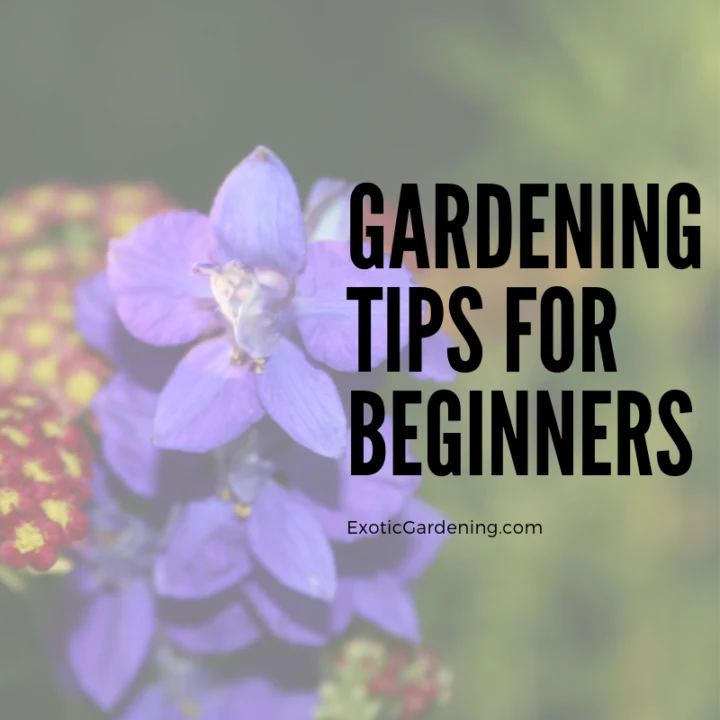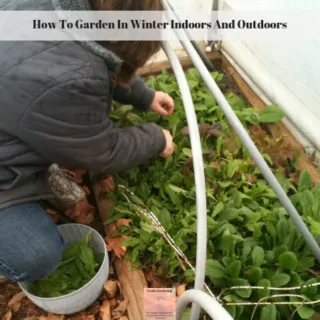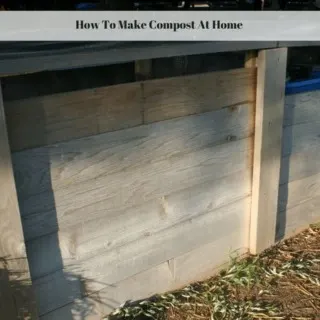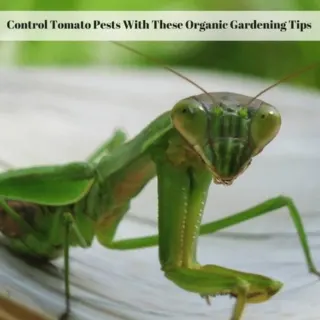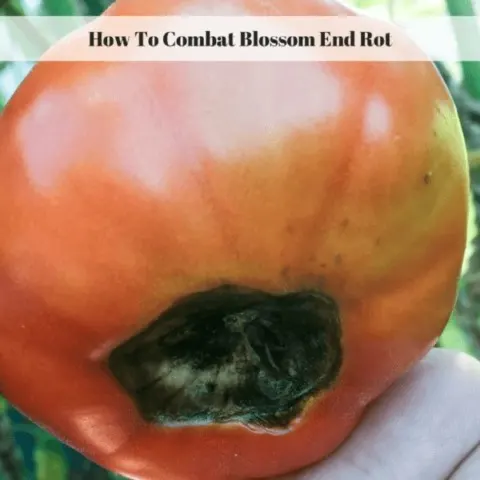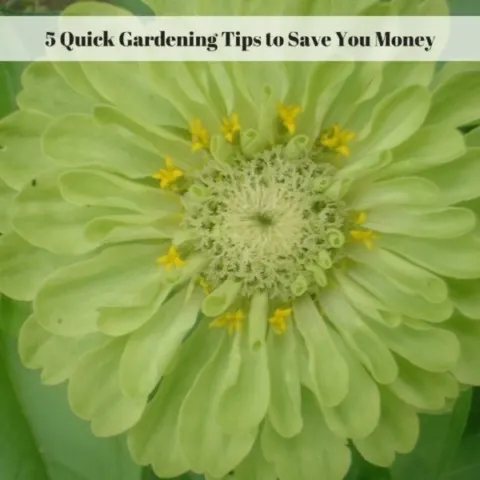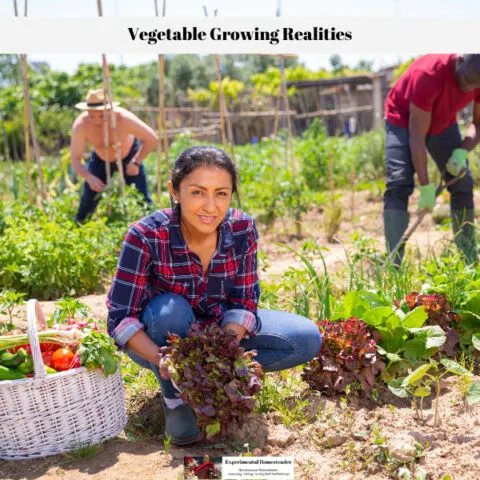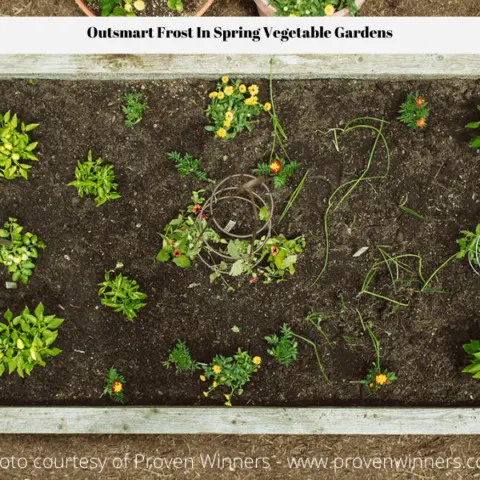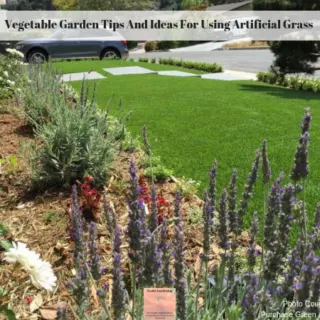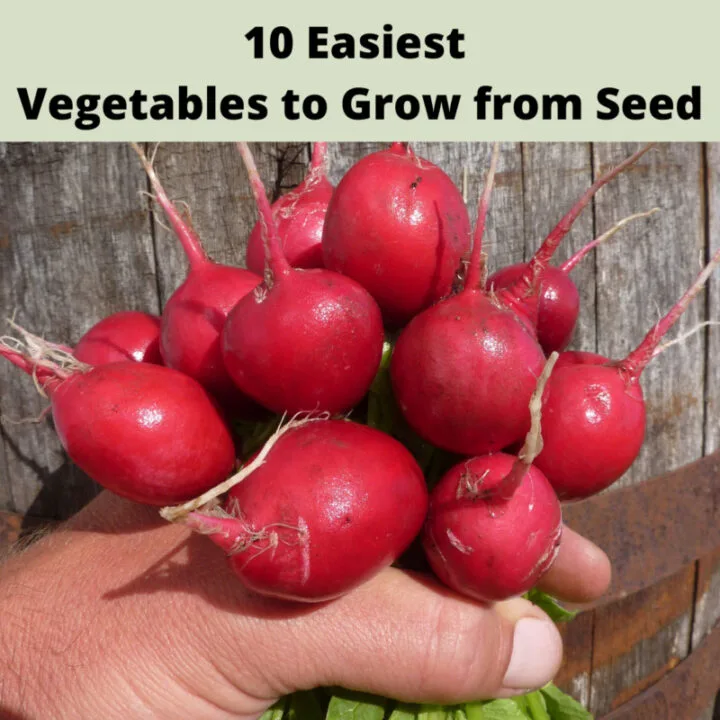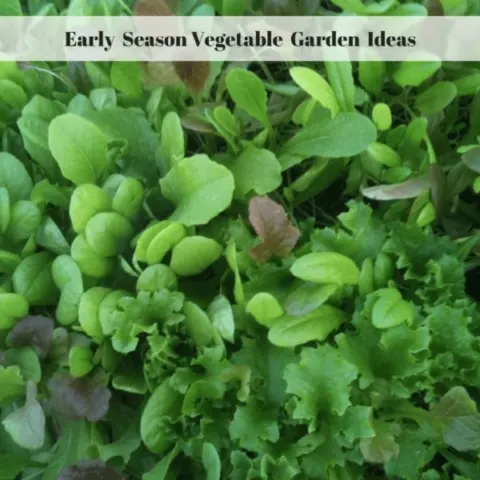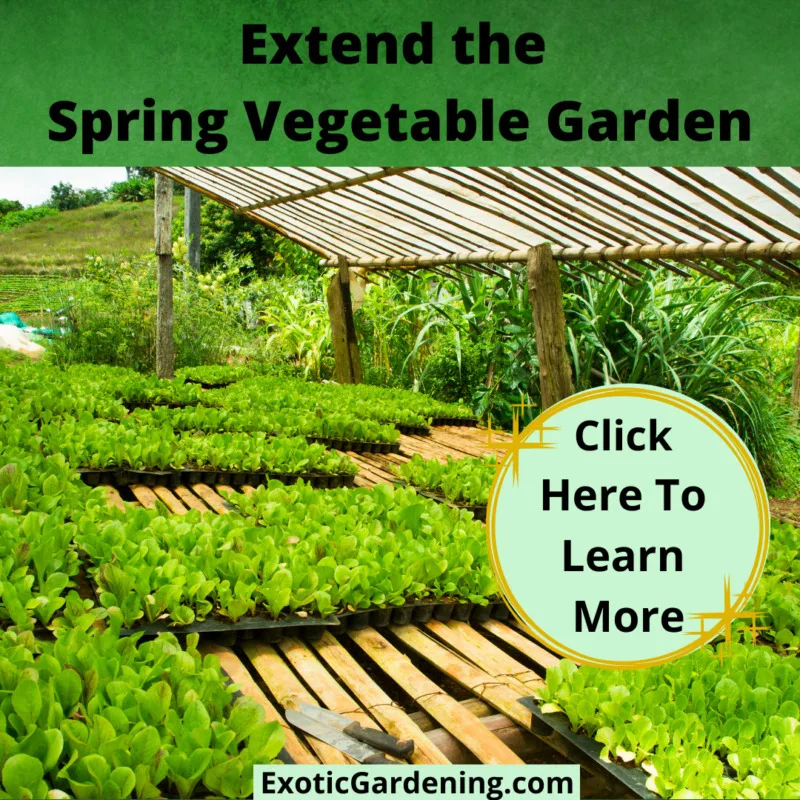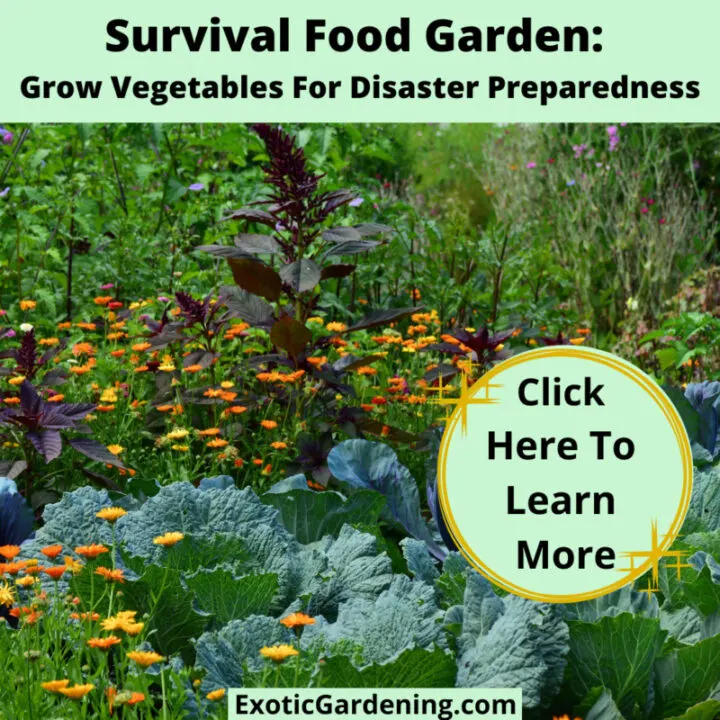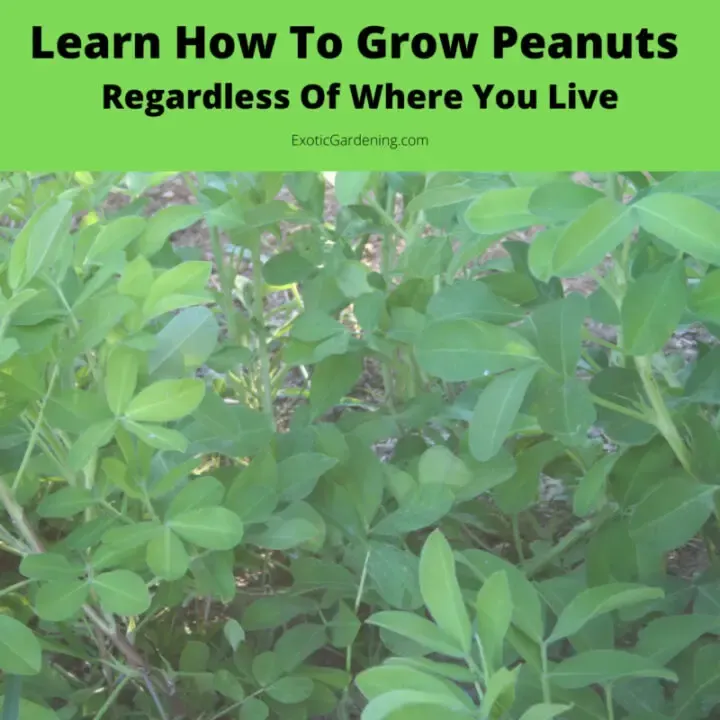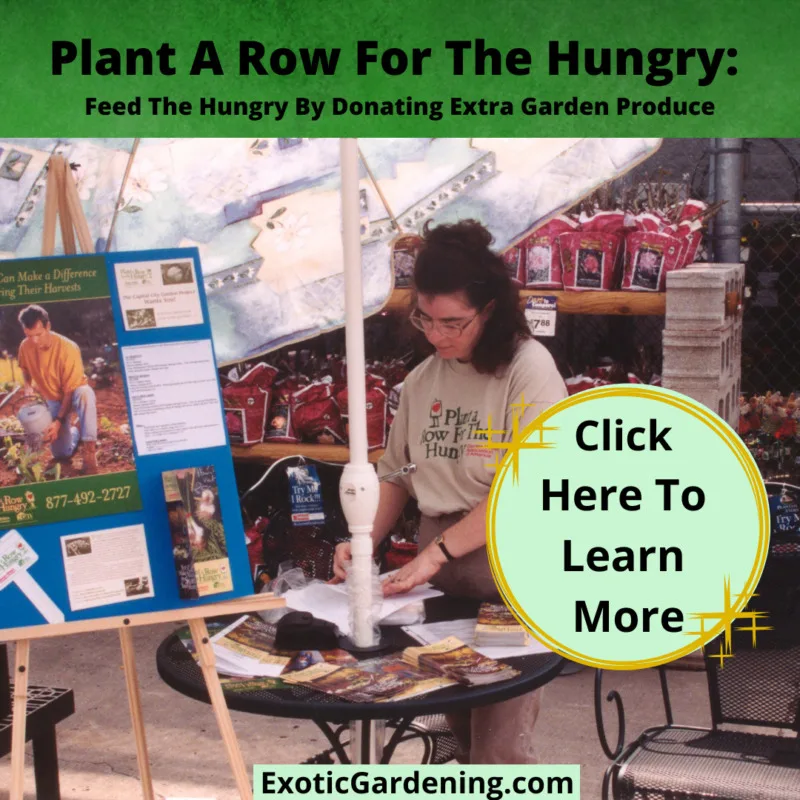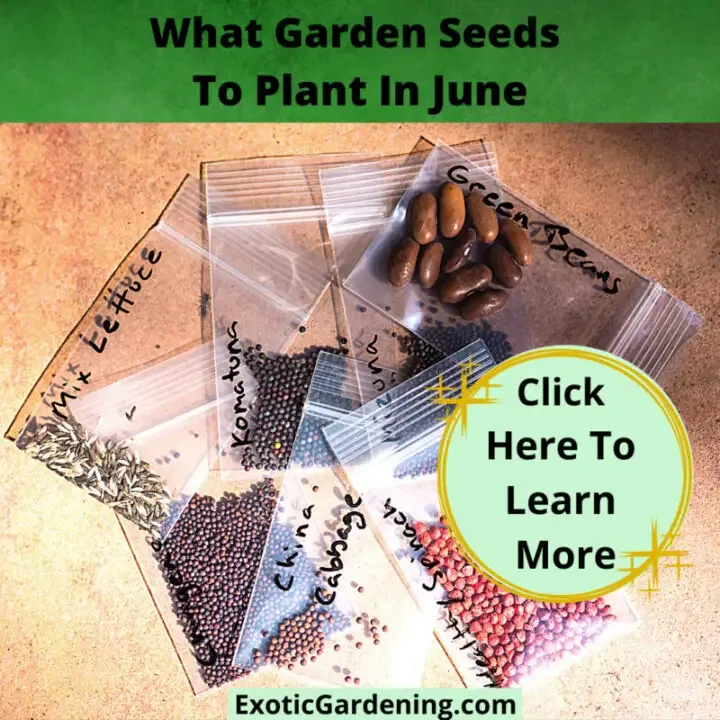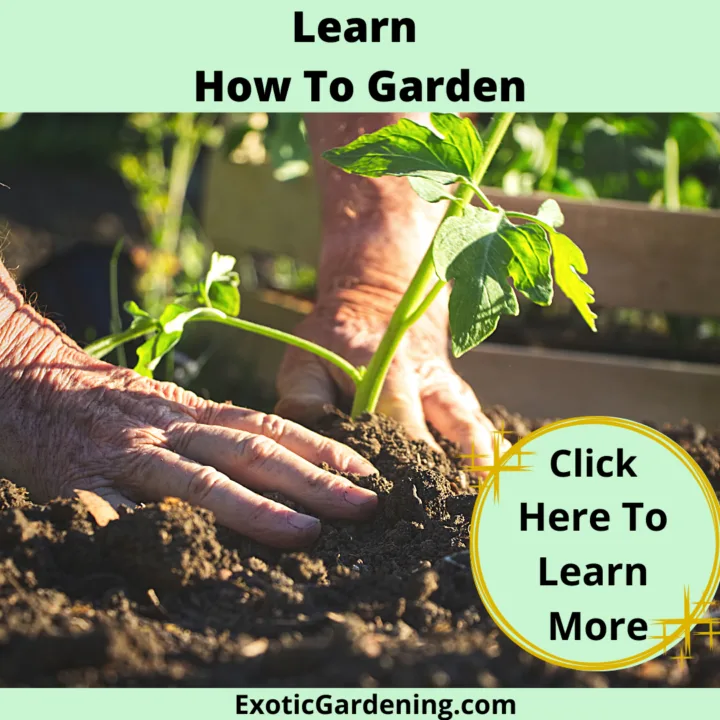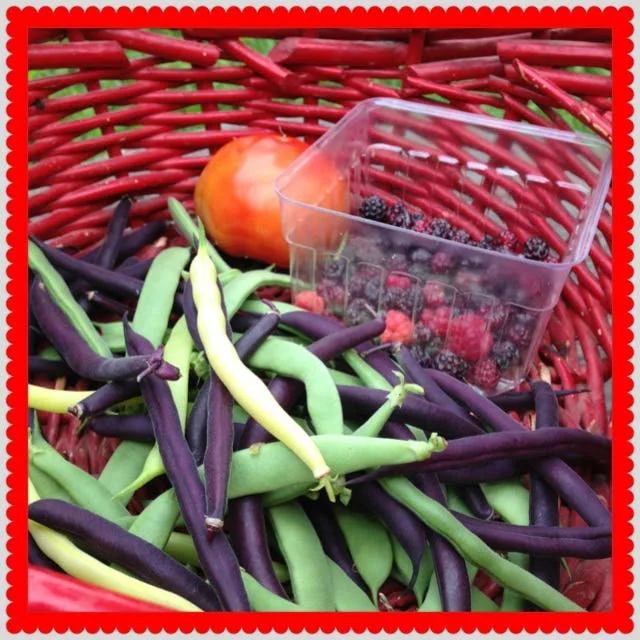While this may seem like a topic that needs to be in the gardening section, some people might disagree.
However, a question I am often asked is how much to plant in my garden this year?
After all, if you are growing your own food and preserving it, you do need to know how much to grow in order to have enough food to eat in season and be able to put up.
How Much To Grow To Be Self Sufficient?
Now there is a different in how much you might want to grow if you only plan to eat the food fresh out of the garden during the growing season instead of growing a garden to be self sufficient.
The numbers below are based on both eating the produce you grow in season and being able to have excess for stocking up.
Here is a simple chart that hopefully will help you plan your garden and stock your pantry!
- Beans: ¼ pound of seed plants one 25 foot row. Each ¼ pound of seed yields somewhere between 12 to 15 pounds of beans.
- Broccoli: Plant five plants per person.
- Cabbage: Plant five plants per person.
- Carrots: Each 25 foot row will produce 1 pound of carrots.
- Celery: Each 25 foot row will produce 30 pounds of celery.
- Corn: Plant a total of six 25 foot rows per family of 4.
- Cucumbers: Plant 22 plants for a family of 4.
- Lettuce: Plant five rows of lettuce that are 5 feet in length per family member. Plant one row per week for five weeks, then begin again as the first row is cleared away. Remember to keep lettuce cool by planting in a partially shaded location or using shade cloth in the heat of the summer.
- Melons: Plant 2 to 4 hills per family member depending on how much you eat.
- Onions: Each 25 foot row will produce 20 pounds of onions. One row per family member should be sufficient.
- Peas: Plant 3 rows that are 25 feet long per family member. Each row should contain peas that mature at different times.
- Peppers: Plant a total of 12 plants per family member. Remember to plant sweet peppers in one area of the garden and hot or mild peppers in different areas so they do not cross pollinate.
- Potatoes: Plant seven 25 foot rows for a family of four. If you use more than twenty pounds of potatoes in a month, you will need to plant more than this.
- Radish: Four ten foot rows for a family of four. Plant each row a week apart and re-plant each row as it is harvested.
- Spinach: One 25 foot row per family member. Plant additional rows every 10 days as weather permits. Spinach is a cool weather crop so it does best in early spring or fall.
- Squash: Plant 1 hill per family member.
- Tomatoes: Plant at least 4 plants for canning. Plant 3 plants per family member for fresh eating.
- Turnips: Plant 10 feet of turnips per family member.
Other Things To Consider When Deciding How Much To Plant
Keep in mind that this is just a guide to give you a place to start.
If you can a lot of tomato products such as ketchup, BBQ sauce, pizza or spaghetti sauce, etc. you may find you need more plants.
In a single year, I typically plant 150 tomato plants which is way more than I need for our family of two.
However I can donate the excess to food pantries, share it with friends, family or neighbors as well as have a little extra to sell.
It is always a good idea to plant a little extra to donate to food pantries or to share with your friends, family or neighbors.
Sharing is caring and in times of crisis people who rely on getting extra food from food pantries certainly do appreciate fresh produce.
For even more information including charts to help you plan your harvest, please check out The Family Garden Plan from Melissa K. Norris.
Planting Your Garden
When to Plant in Spring: Early Season Garden Tips
Know when to plant in spring by using these early garden season tips. These tips will allow you to get a head start on your vegetable garden.
Benefits Of Container Gardening During Changeable Weather Conditions
Changeable weather conditions certainly impacts gardeners who wish to grow their plants in the ground, but there is a solution. Learn about the benefits of container gardening and how it can help gardeners deal with climate change!
How To Grow Tomatoes
Learn how to grow tomatoes and how to plant tomatoes in a garden. Growing great tomatoes is easy if you follow a few simple steps.
Mastering Sweet Potato Gardening: How to Plant Sweet Potato Plants
Unlock the secrets of successful gardening with our guide on how to plant sweet potato plants for a bountiful harvest!
Gardening Tips For Beginners
These gardening tips for beginners will help you get your first garden started right. Tips on gardening planning, caring for bareroot plants and more.
How To Garden In Winter Indoors And Outdoors
Learn how to garden in winter indoors and outdoors. There are many vegetables and herbs that don't mind the cold or thrive in containers.
How To Make Compost At Home
Learn how to make compost at home using materials you already have on hand and are likely to throw into the trash and send to the local landfill.
Control Tomato Pests With These Organic Gardening Tips
These organic gardening tips for controlling pests on tomato plants help you identify, control and get rid of the problem without the use of organic pesticides in most cases.
How To Combat Blossom End Rot
Wondering what to do about tomatoes with brown spots on the bottom of them? Learn how to combat blossom end rot, a common problem many gardeners encounter.
Save Money! Harvest Free Vegetables Year-Round In Any Climate!
Garden tips for beginners - and advanced gardeners alike - that are sure to help save money. These gardening tips are about more than just plant care!
Vegetable Growing Realities: More Than Economic Benefits
When it comes to the facts of vegetable growing realities, there are more reasons than just the economic benefits for doing it.
Outsmart Frost in Spring Vegetable Gardens
Understanding how to outsmart frost in spring vegetable gardens leads to earlier harvests, less plant damage and a longer growing season.
Greenhouse And Coldframe Garden Structure Ideas
Learn about tunnel houses, greenhouses and cold frame garden structures as well as how they are used to grow plants outdoors year round.
Vegetable Garden Tips And Ideas For Using Artificial Grass
If you're looking for vegetable garden tips and ideas that incorporate the use of artificial grass, look no further! Weed prevention, pest control and environmental benefits. If you're looking for vegetable garden tips and ideas that incorporate the use of artificial grass, look no further! Weed prevention, pest control and environmental benefits.
10 Easiest Vegetables to Grow from Seed
Learn about the 10 easiest vegetables to grow from seed. Not only are there some unique heirloom varieties, but they are tasty too!
Extend the Spring Vegetable Garden
Learn how to extend the spring vegetable garden into summer, fall or even winter by using various shading and covering techniques.
Survival Food Garden: Grow Vegetables For Disaster Preparedness
A survival food garden is a great thing to have even if you don't believe the zombie apocalypse is coming.
Peanuts Are Exotic Plants: Growing vegetables such as peanuts can make your garden unique
It is possible to learn how to grow peanuts even if you don't live in a warm climate. Peanuts are exotic plants that are fun to grow.
Plant A Row For The Hungry: Feed The Hungry By Donating Extra Garden Produce
Plant A Row For The Hungry encourages gardeners to plant extra vegetables and donate them to their local food pantries to help those in need.
What Garden Seeds To Plant In June
There are a number of vegetable garden seeds to plant in June. Even if the soil is too wet to work, there are ways around that.
Eat Better, Save Money By Growing A Garden
Learn how you can eat better and save money by growing a garden right in your own backyard or even on your balcony!
Sheri Ann Richerson
Growing organically is important because the produce is healthier and contains more nutrients.
It is better for the environment, insects and birds, plus there is no concern about the potential issues with GMO’s.
It is also environmentally friendly and helps reduce your carbon footprint, not to mention saves money.
Plus there is the holistic perspective of growing an organic garden because from the soil to the food we eat, it is all interconnected.
In this course you will learn:
How to build healthy organic soil
When to plant seeds or established plants as well as when to direct sow
How to simplify garden maintenance
Natural methods of pest control

